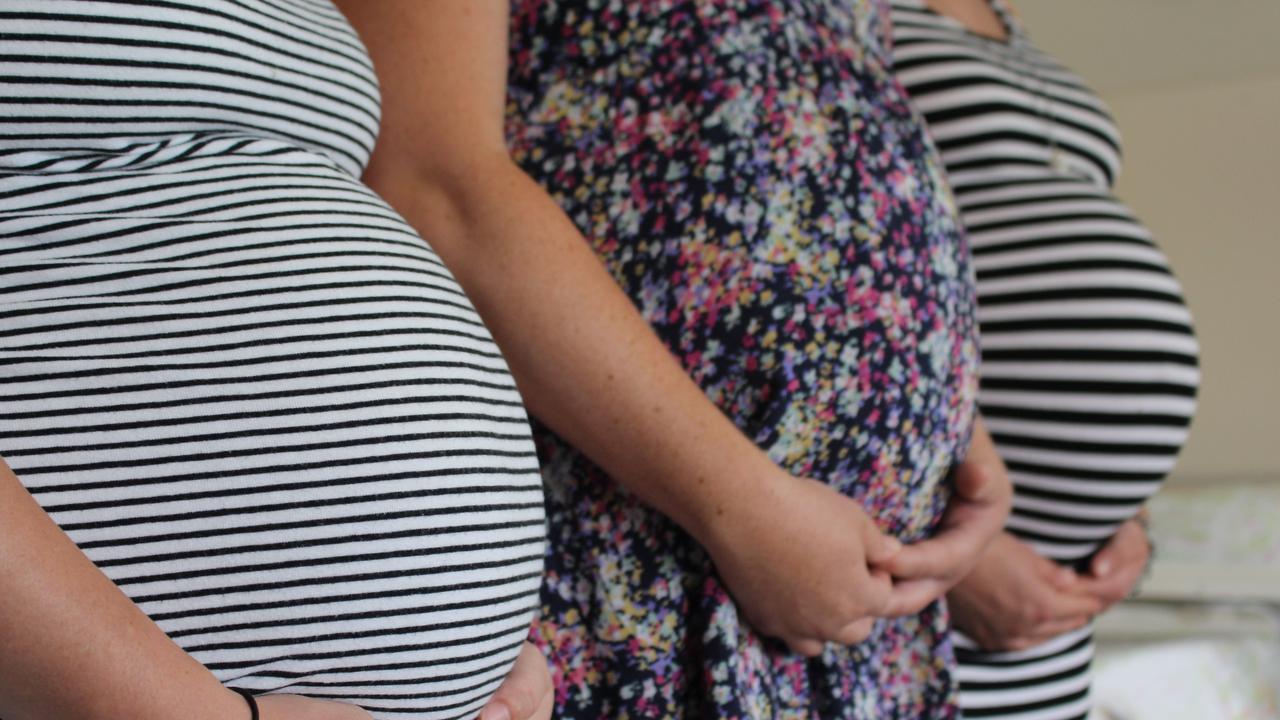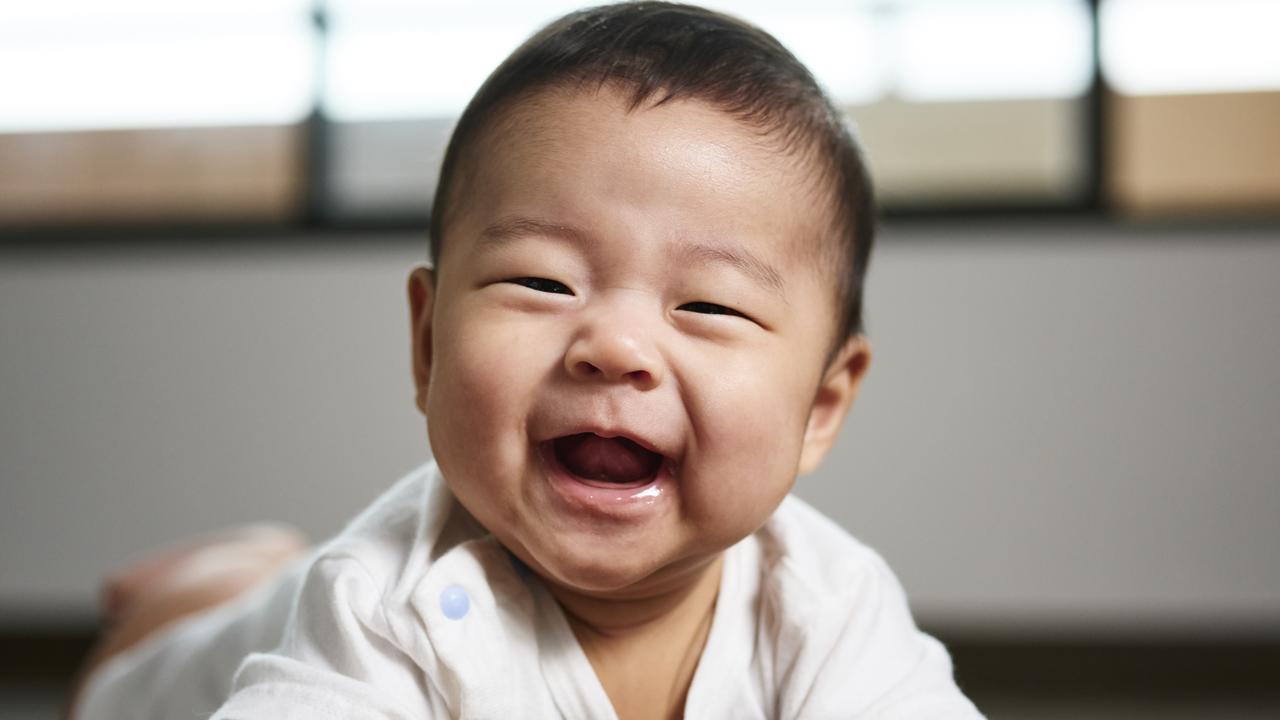China officially ends one-child policy
CHINA has officially ended its controversial one-child policy. But critics say it’s not the end of forced abortions.
CHINA has officially ended its one-child policy, signing off on a bill allowing all married couples to have a second child.
The change, which was announced in October by the ruling Communist Party, takes effect from January 1, the Xinhua news agency reported.
All married couples will be allowed to have a second child but the legislation maintains limits on additional births.
The “one-child policy”, instituted in the late 1970s, restricted most couples to only a single offspring and for years authorities argued that it was a key contributor to China’s economic boom and had prevented 400 million births.
It has been enforced by a dedicated national commission with a system of fines for violators and often forced abortions, leading to heart-rending tales of loss for would-be parents.
The policy led to sex-selective abortions or infanticide targeting girls, because of a centuries-old social preference for boys.

However, critics say the two-child policy does not necessarily signal the end of forced abortions, involuntary sterilisations and crippling financial penalties.
Chairman Chris Smith told the Congressional-Executive Commission on China on December 3 that the new policy may allowed for more births, but doesn’t stop local officials from “pressuring or even forcing mothers to abort a child if the birth hasn’t been approved by the state and is/or the couple’s third. Chinese families are still not free to determine the size of their own families.”
Women’s Rights Without Frontiers president Reggie Littlejohn said under the new regime, women will still have to obtain a permit to have the first and second child or be subject to forced abortion.
“It will still be illegal for an unmarried woman to have a child,” she said. “Regardless of the number of children allowed, women who get pregnant without permission will still be dragged out of their homes, strapped down on tables, and forced to abort babies that they want.”
Forced abortion and sterilizations will not end under China's new two-child policy. All coercive population... https://t.co/rfHgNvKw1M
— Reggie Littlejohn (@reggielittlejhn) November 27, 2015Rural families were already allowed two children if the first was a girl, while ethnic minorities were allowed an extra offspring, leading some to dub it a “one-and-a-half child” policy.
As a result China’s population — the world’s largest at 1.37 billion — is now ageing rapidly, gender imbalances are severe, and its workforce is shrinking.
These concerns led to limited reforms in 2013, including allowing couples to have two children if either of them was an only child, but relatively few have taken up the opportunity due to limited income and higher perceived opportunity costs.
Experts say that the shift to a two child policy is likely too little, too late to address China’s looming population crisis and that the government is unlikely to dismantle enforcement mechanisms for reproductive control due to deeply entrenched bureaucratic interests.



